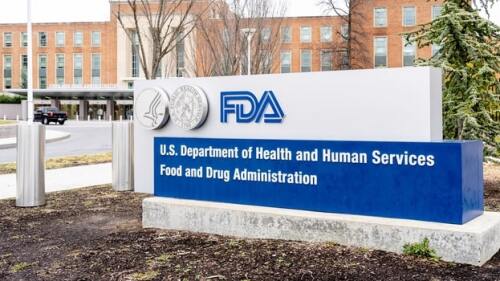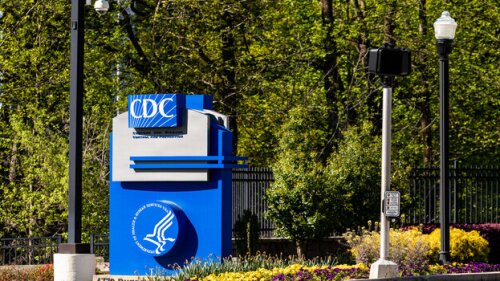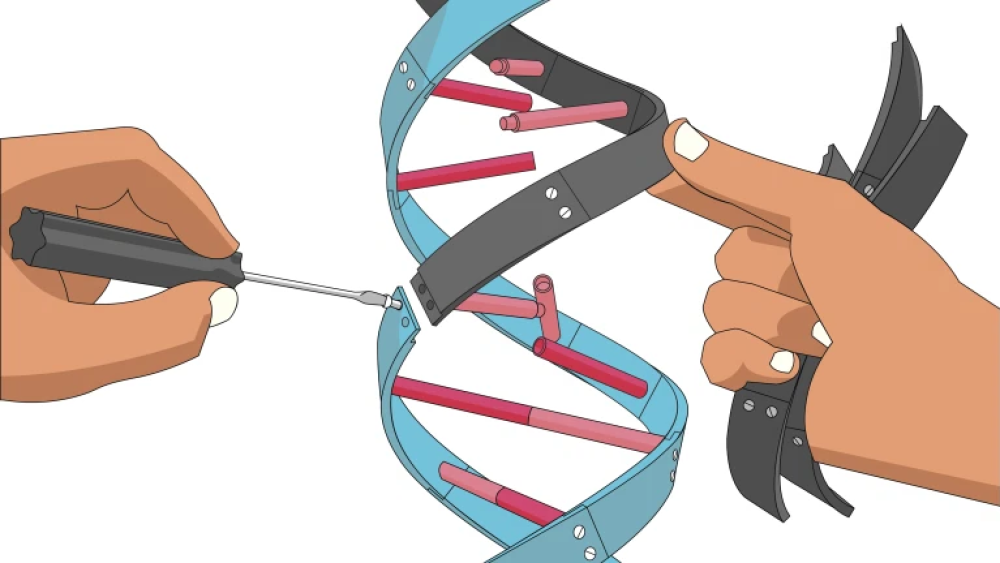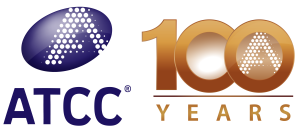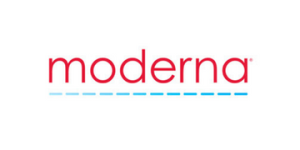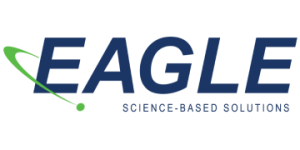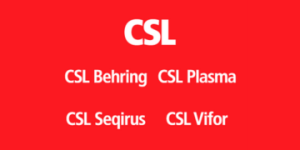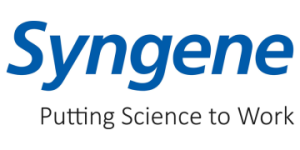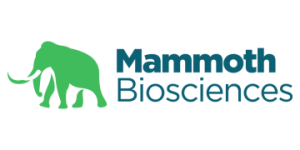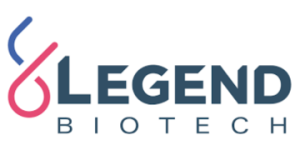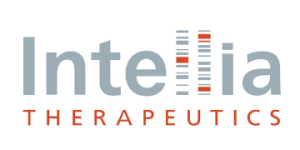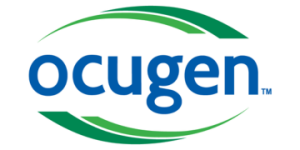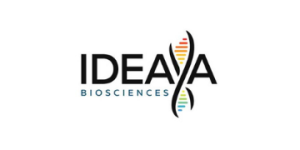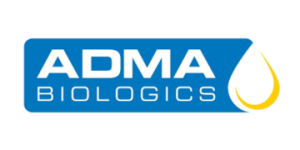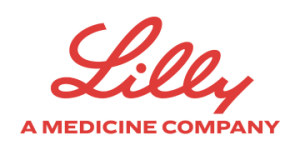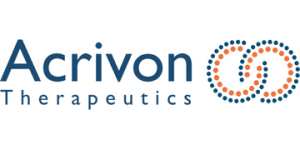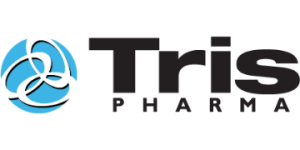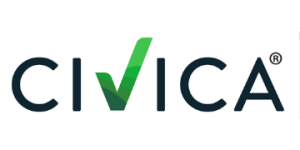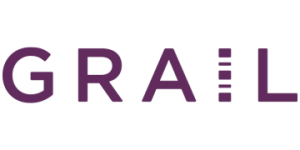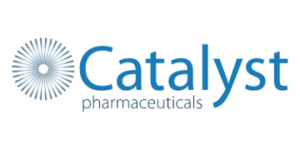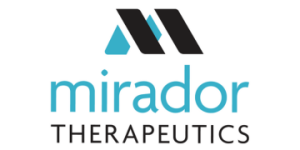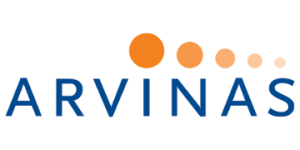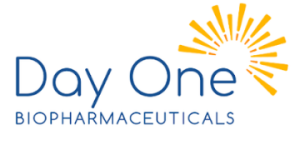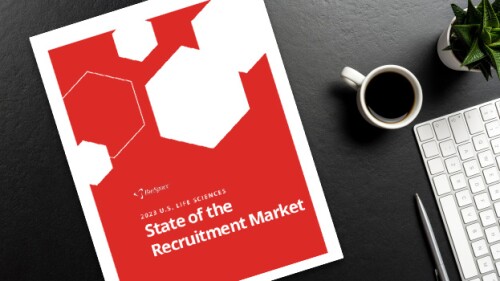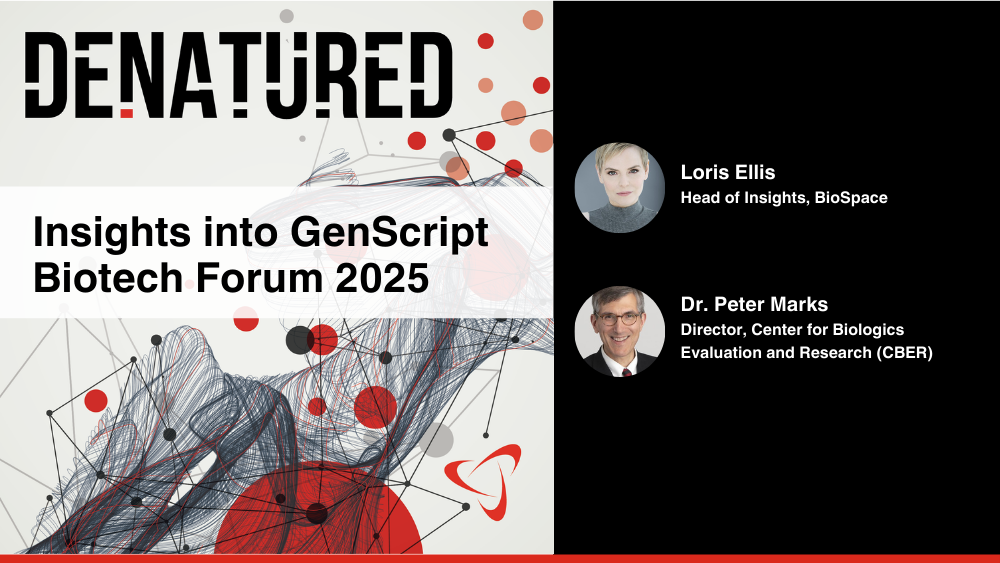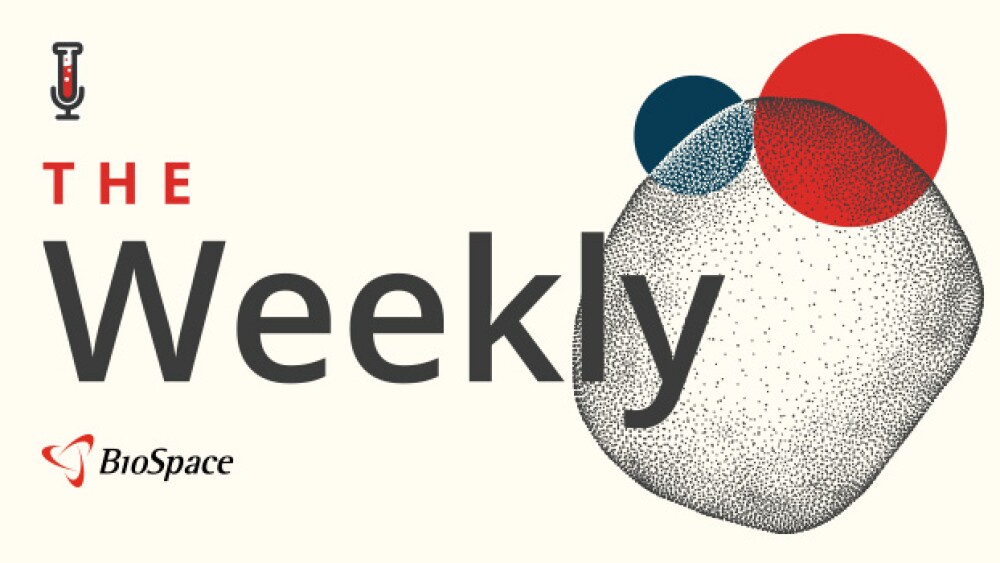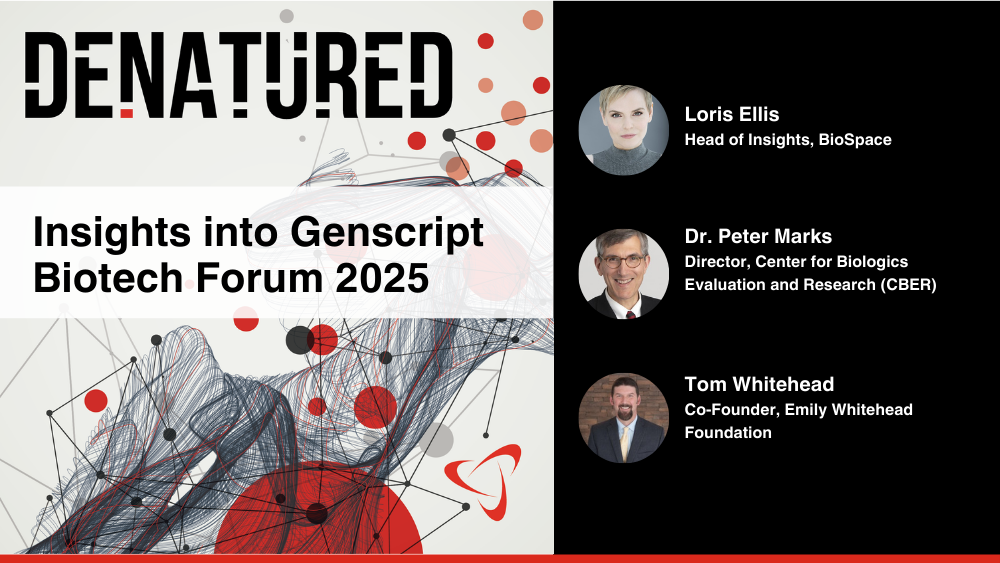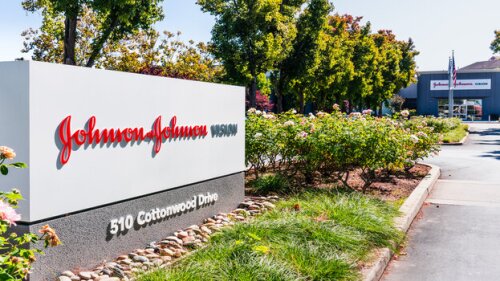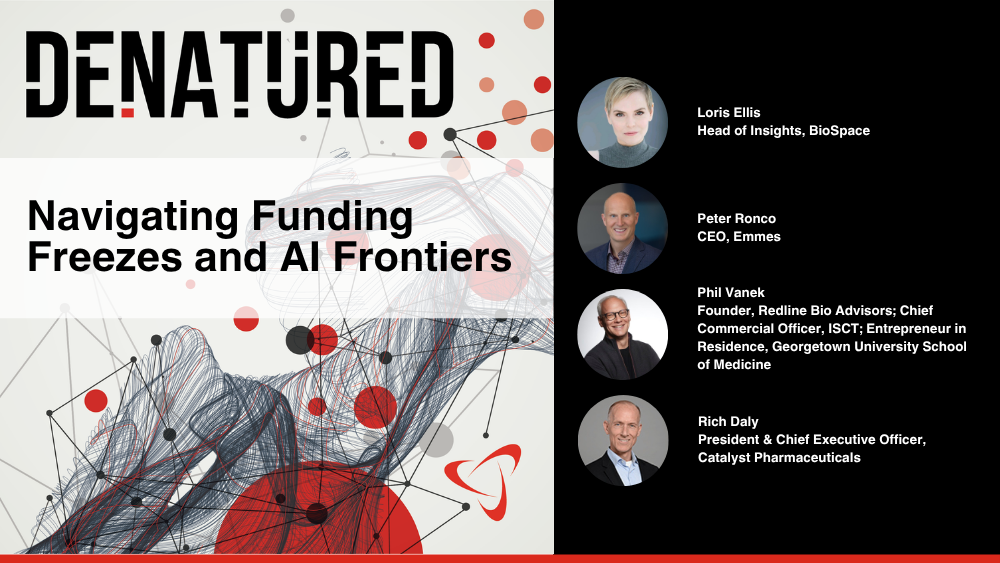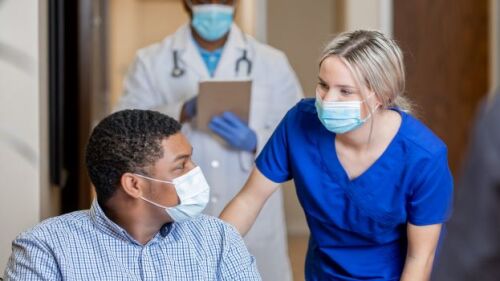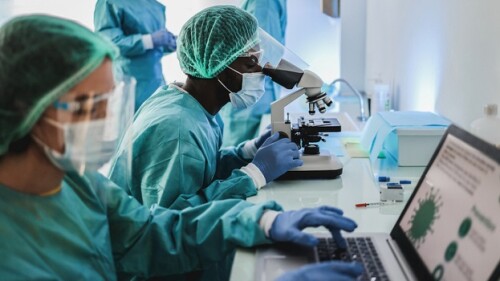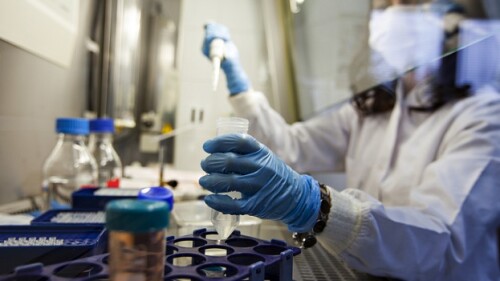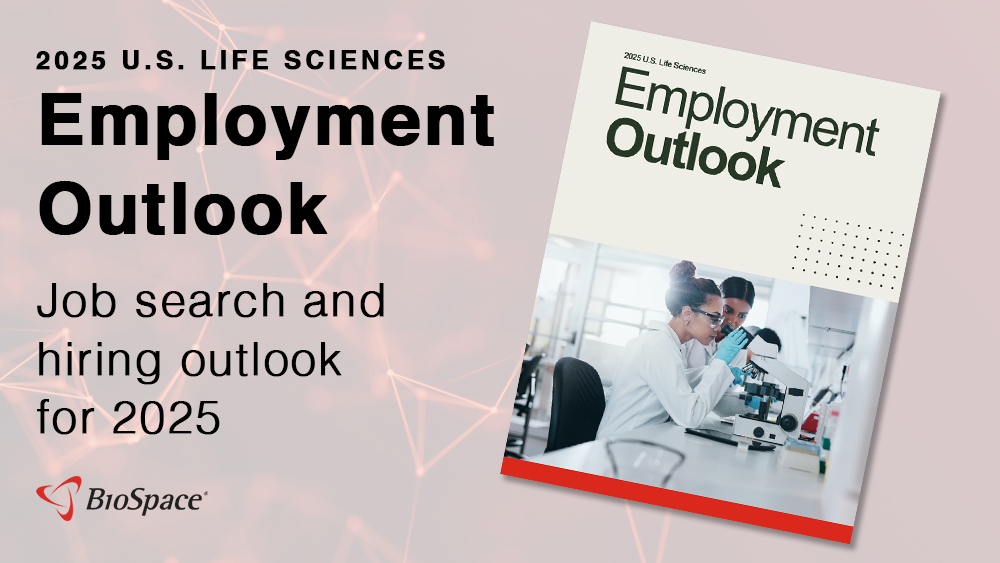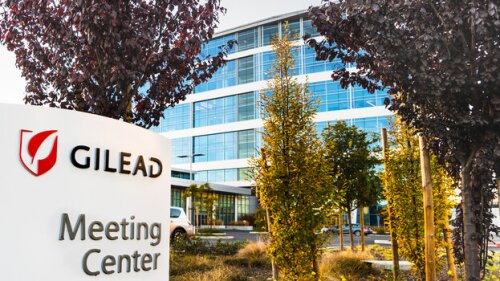A new group of CDC advisors voted last month to separate the chickenpox vaccine from the measles, mumps, rubella components of the MMRV shot due to concerns over febrile seizures, while recommending a more risk-based approach to COVID-19 immunizations that mirrors recent FDA approvals.
The hold was placed earlier this year when the FDA asked for more preclinical data, but the agency was slow to respond due to ‘strain’ on its capacity, according to Neurizon.
AstraZeneca has invested heavily in AI, primarily through collaborations, including an up to $5.3 billion partnership with China’s CSPC Pharmaceutical in June.
This latest FDA program aims to provide speedier reviews for generic drugmakers who produce their products in the U.S.
Rocket Pharmaceuticals’ strategic realignment initiative in July pulled funding from fanca-cel, which the biotech was developing for Fanconi anemia.
The centerpiece of the collaboration is the gene editor ABO-101, being developed for primary hyperoxaluria type 1, a rare disease that leads to severe kidney stones.
FEATURED STORIES
Gene therapies have ridden investor mania to huge valuations but commercialization challenges have pushed market caps to the floor. At a roundtable last week, FDA leaders promised faster approvals and broad support to the industry.
As multiple companies vie to expand on Alnylam’s success in commercializing RNAi therapeutics, the pioneering company has set a goal of targeting small interfering RNA to any tissue by 2030.
Vaccine skepticism is at an all-time high in the U.S., and HHS Secretary Robert F. Kennedy Jr. is making some drastic moves in the name of reversing that trend. But misinformation and inconsistencies within the country’s healthcare agencies highlight problems with his approach.
Analysts reacted positively to the news that uniQure is in alignment with the FDA on an accelerated approval pathway and on target for a Q1 2026 submission for its one-time gene therapy for Huntington’s disease—but patients have been here before.
J&J has a multi-year head start, but Gilead believes it can win market share by delivering a drug with better safety and at least as good efficacy.
Jefferies has predicted more small tuck-in deals to come, as biotechs struggle to access capital despite key clinical milestones on the horizon.
LATEST PODCASTS
In this episode of Denatured, BioSpace’s Head of Insights Lori Ellis talks to Dr. Peter Marks, Director, CBER about his thoughts on the future of cell and gene therapies.
J&J, GSK, Eli Lilly and others struck high-value transactions in the early days of biopharma’s annual kickoff conference. Meanwhile, Biogen proposes to acquire struggling neuro partner Sage, and obesity dominates discussions as Pfizer goes “all in.”
In this short teaser, BioSpace’s Head of Insights Lori Ellis talks to CBER Director Peter Marks and Tom Whitehead, Co-Founder of the Emily Whitehead Foundation about anticipated discussions at the upcoming GenScript Biotech Forum.
Job Trends
Genentech, a member of the Roche Group, announced statistically significant and clinically meaningful results from its Phase III STARGLO study of Columvi® in combination with gemcitabine and oxaliplatin versus Rituxan® in combination with GemOx for people with relapsed or refractory diffuse large B-cell lymphoma who have received at least one prior line of therapy and are not candidates for autologous stem cell transplant, or who have received two or more prior lines of therapy.
Subscribe to Genepool
Subscribe to BioSpace’s flagship publication including top headlines, special editions and life sciences’ most important breaking news
SPECIAL EDITIONS
In this deep dive, BioSpace investigates China’s rise as a biotech powerhouse.
In this deep dive, BioSpace explores the next big thing in obesity.
BioSpace did a deep dive into biopharma female executives who navigated difficult markets to lead their companies to high-value exits.
DEALS
-
Protein degradation–focused Neomorph nabs its third Big Pharma deal of around $1.5 billion in less than a year.
-
The deal follows a $1.06 billion U.S. contract in July 2024 and a $1.24 billion agreement with an Asia-based pharma a few months later.
-
On the company’s Q4 earnings call where an eyepopping $88.8 billion in full-year sales were revealed, leaders shifted focus away from enormous takeovers to single-digit billion buy outs.
-
With an eye toward advancing a novel antibody-drug conjugate for gastrointestinal cancers, ArriVent is the latest biopharma player to ink a deal with a Chinese biotech.
-
Five years ago, Gilead signed a massive deal with Galapagos. After a restructuring, the pharma is still hunting for the potential it saw at the original signing.
WEIGHT LOSS
-
Lexicon’s LX9851 targets ACSL5, a liver enzyme involved in fat metabolism that helps moderate fat accumulation and slow down gastric emptying.
-
Deloitte urged pharma executives to “be bold” in a new report tracking the top 20 pharmaceutical companies’ R&D performance.
-
Eli Lilly and Novo Nordisk are in a global battle for dominance in the weight loss space. BioSpace takes a look at the territory covered and what’s to come.
-
With crucial lessons learned from the manufacturing shortages of injectable GLP-1s, experts say securing adequate supply of the upcoming oral options will be the sector’s next great challenge.
-
Novo will license UTB251, a triple hormone receptor agonist that in mid-2023 achieved 24% weight reduction at 48 weeks in a mid-stage study.
POLICY
-
In this episode of Denatured, BioSpace’s Head of Insights Lori Ellis discusses key themes from BIO and DIA, including the funding environment, with Rich Daly, CEO of Catalyst Pharmaceuticals, Peter Ronco, CEO of Emmes Corporation, and Phil Vanek, founder of Redline Bio Advisors.
-
Industry watchers responded mostly positively to the commissioner’s new voucher program, but worries remain over staffing cuts at the agency.
-
The new version of the bill will still need to go through the entire House and Senate.
-
Findings that U.S. companies can sue foreign rivals despite limited business operations in the country could dissuade drug developers from targeting the U.S. market, potentially benefiting domestic producers of biosimilars.
-
The program will bring together experts from across the FDA for a team-based review, rather than having an application move across numerous offices within the agency before getting a yay or nay.
Q1 is the time when life science professionals are ramping up their job search efforts. If this applies to you, here are some tips to help you get a head start and prepare for your Q1 job search.
Teaming up with a recruiter can be a smart move in a tight job market or for job seekers looking for a specialized role. To help you in your job search, we’ve outlined how to get the best out of recruiters.
Whether a job search is voluntary or not, months of interviews, wrangling over pay and benefits and evaluating options has a weighty psychological toll.
The role of a clinical research nurse can be rewarding, but it’s not without challenges. Find out more about the role of a clinical research nurse and what it takes to become one in our guide.
Find out everything you need to know about research and development, including the skills it requires and what you should do if you’re ready to make the transition into R&D.
At the foundation of every clinical trial are the professionals who ensure its successful execution. Read on to find out more about how to know if clinical research is right for you.
HOTBEDS
REPORTS
In this Employment Outlook report, BioSpace explores current workforce sentiment, job activity trends and the prospective job and hiring outlook for 2025, particularly as it compares to the previous year.
BioSpace’s third report on diversity, equity, inclusion and belonging in life sciences examines dramatic shifts in attitude around diversity initiatives.
CANCER
-
The transaction is expected to close in the second half of 2025. With the deal, Merck KGaA is adding to its rare disease and oncology pipelines.
-
With ivonescimab’s data coming solely from China, its prospects in the U.S., where Summit owns the rights, remain up in the air.
-
Presentations at this year’s American Association for Cancer Research meeting could have a broad impact on the treatment landscape for head and neck and lung cancer, and implications for specific drug modalities like TIGIT and VEGF.
-
Analysts at BMO Capital Markets expect Summit and Akeso’s HARMONi-6 readout to put some pressure on Merck and its blockbuster biologic Keytruda.
-
Combining Trodelvy with Keytruda and pushing it into the frontline setting could “potentially double” the ADC’s market in metastatic triple-negative breast cancer, according to analysts at Truist Securities.
NEUROSCIENCE
-
Ionis and Ultragenyx are competing to develop oligonucleotide treatments for Angelman syndrome, but will Neuren’s peptide catch up?
-
Days after suffering a rejection in Australia, the Alzheimer’s drug hit another roadblock in the U.K., which found the drug not cost-effective.
-
Analysts do not believe the Phase III stumble for aticaprant will derail J&J’s broader neuroscience strategy, particularly given its recent $14.6 billion acquisition of Intra-Cellular Therapeutics and the success of Spravato for treatment-resistant depression.
-
The new formulation of Keytruda, currently under FDA review, is sparking conflict with Halozyme, which makes enzymes that convert intravenous drugs into injectable versions.
-
Biohaven in recent months has reported a clinical stumble in spinal muscular atrophy, alongside a Phase I readout for its protein degrader candidate that investors found underwhelming.
CELL AND GENE THERAPY
-
Roche acquired Spark Therapeutics in 2019 for $4.8 billion.
-
Abecma made $406 million in 2024, of which BMS paid $43 million to 2seventy bio as part of their profit-sharing agreement.
-
In this deep dive, BioSpace explores the diverse therapeutic modalities now in development, as well as the opportunities and battles for market dominance in this emerging space.
-
On the agenda for the FDA this month are two RNA-based treatments for rare diseases.
-
The search for a partner for zerlasiran is ongoing, according to Silence. In the meantime, the biotech will focus its resources on divesiran, which it is testing for polycythemia vera and other hematologic indications.



